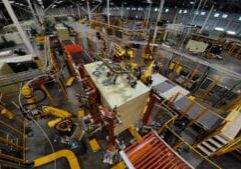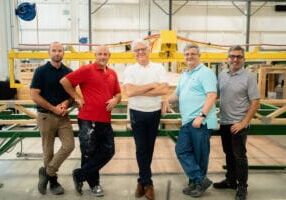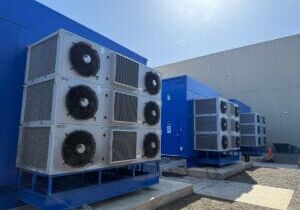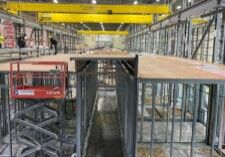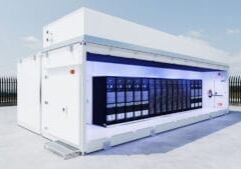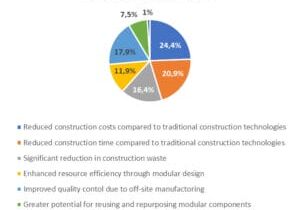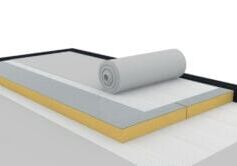Building Skills in a Virtual World: Immersive Training for the Modern Workforce

Kent Anderson is the Business Development Manager at Wesco.
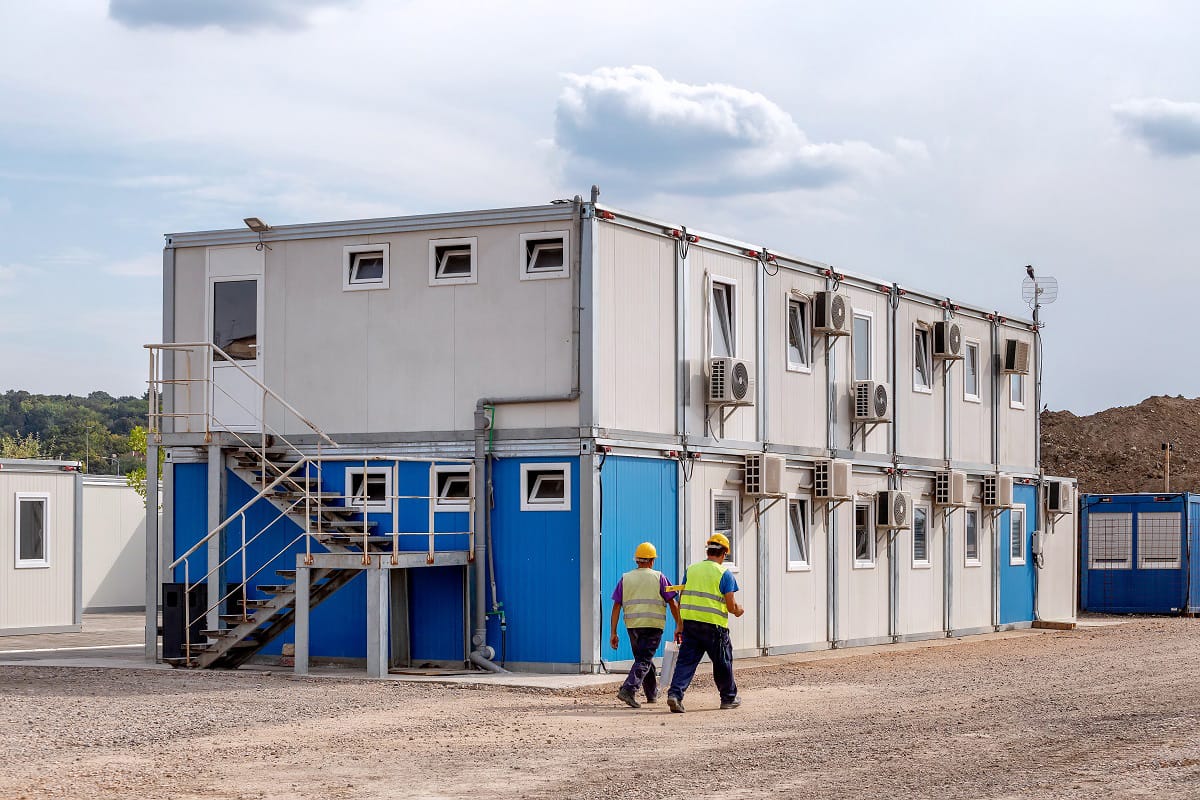
Commercial modular buildings and manufactured structures have long suffered from a perception issue. The ability to build large-scale buildings faster and cheaper seemed too good to be true and the market at large decided it must be a low-quality product. However, a decade ago, hotel giant Marriott was one of the first (in modern times) to champion modular structures and showcase just how wrong the industry had been about modular builds.
Since that time studies have continuously shown that modular construction can significantly cut build time and generate project cost savings with fewer laborers and equipment needed onsite, but it can also improve build quality and provide a safer environment for workers. In fact, according to the Modular Building Institute (MBI), more than two-thirds of general contractors reported that modular construction resulted in cost savings of 5% or more. The MBI also noted that offsite framing via modular construction reduces wood waste by at least 23%. From a safety perspective, the ability to utilize modular processes to build multistory buildings on the ground floor of a factory drastically reduces the risks of injuries associated with falls.
In fact, the lack of skilled labor in the construction market is a major driving force as companies are now more willing to take a closer look at modular builds. According to the Bureau of Labor Statistics, nearly one in five construction workers is age 55 or older. As these skilled laborers retire or age out, construction companies will have their hands full as they look to hire, train and deploy a new generation of workers. Modular’s factory approach can help fill the gap and ensure jobs are completed according to the project timeline without interruption.
As labor, competitive and cost factors push more contractors and developers to embrace the opportunity to go modular as a first choice and not a last resort, it’s become clear that adopting this new model requires more than just a willingness to make it happen. How can your business gear up for making the shift to think as a manufacturer and not just a contractor? How do you equip your company to move from project to production? And how can you structure your teams and operations for success? Here are five factors to consider as your company moves to a modular construction model:
1. Don’t Wait to Collaborate
Constructing any building project requires multiple experts from across the building lifecycle. From engineers to architects, designers to permitting, electricians to HVAC, everyone needs to be involved to get the job done. For modular builds, early collaboration is even more important. Discussing the goals, objectives and nuances of a modular build from the outset enables the collective group to identify issues and concerns, develop a comprehensive plan for execution, and ensure you can deliver a successful project.
2. Evaluate Size and Scale
Modular builds are bound by only a few different factors, and size is one of the most critical. For example, deciding which factory to work with may come down to size limitations based on production layout. The other element where size is a consideration is transportation. How will you get the pieces of the build from the factory to the site? Perhaps your team has decided it makes more sense to put the façade on the building onsite. You don’t need to give up your design or architectural elements and the cost benefits of a factory product. But you should leave time and space to determine how you’ll get them to the site.
3. Be Mindful of State Regulations
Speaking of transporting modular components, it’s important to note that while the Department of Transportation has some control over how oversized loads are moved, by and large it comes down to state regulations. How you move things in Massachusetts is different than how modular builds can be transported in Texas, for example. Do you need a flag car in front and in back? A police escort to the site? These nuances can raise or lower your overall costs, so be sure your team has transportation considerations built into your project expenses from the start.
4. Embrace Technology and Innovation
In the past decade, technology has advanced significantly, providing both applications and automation needed on the plant floor to drive efficiencies on production, materials and the broader supply chain. In tandem, innovative building products from plumbing to drywall have come to market. Understanding which advancements can help streamline your processes and deliver a superior quality product is paramount. Work with a trusted partner who can help navigate the ins and outs of technology innovations at both the plant floor level and the materials used in the build.
5. Use Your Resources
When it comes to construction, there is no silver bullet. But projects of every size and scale have one major success factor: collaboration. Modular construction is just one group of people figuring out how to work together to get the project done efficiently and effectively. With so many intricacies however, you simply can’t go it alone. Leverage industry associations and work with strategic partners that have experience with multiple plants and multiple scenarios. Take advantage of the collective industry knowledge to make your build as successful as possible. Distribution partners can help you understand the advantages of modular, and trade events can provide valuable opportunities to network and learn more.
From medical facilities to quick-service restaurants, hotels to multifamily homes, modular is finally gaining traction in the market. The industry has better capabilities, better technology, and better processes that are primed and ready to make modular a reality and eliminate the poor-quality perception, even as the skills gap persists. As your business makes the shift to modular construction, there are proven best practices that can be utilized to help make the transition as seamless as possible. Understanding the subtleties and working with industry partners can ease the path forward and help you capitalize on the modular movement.
More from Modular Advantage
Resia: Breaking All the Rules
Resia Manufacturing, a division of U.S.-based Resia, is now offering prefabricated bathroom and kitchen components to industry partners. Its hybrid fabrication facility produces more precise bathroom and kitchen components (modules) faster and at lower cost than traditional construction. Here’s how Resia Manufacturing does it.
How LINQ Modular Innovates to Bring Modular To The Market in the UAE and Beyond
LINQ Modular, with an office and three manufacturing facilities in Dubai, is a modular firm based in United Arab Emirates. The company is on a mission: to break open the housing and construction markets in the Gulf Cooperation Council (GCC) area with modular.
ModMax: Redefining Modular Construction with Confidence and Precision
ModMax was born out of frustration—frustration with five persistent pain points in modular construction: Permitting bottlenecks. Production delays. Rigid designs. Disconnect between “the office” and the field. Lack of transparency and communication.
LifeArk: Disaster-Resilient Housing from Recycled Plastic and 100-year-old Technology
Wee compares LifeArk’s housing units to Yeti coolers, as they are built similarly. Each component takes 15 to 20 minutes to manufacture, has an R-value of 40, and includes molded slots and chases for wiring, plumbing, fire sprinklers, and other utilities.
Building the Future of Modular Edge Infrastructure
The edge data center market is expanding rapidly, driven by the surge in AI workloads, IoT adoption, and the need for localized compute power. In these environments, sustainability, scalability, and reliability are non-negotiable. Cooling is among the most complex challenges for operators—and one of the most decisive factors in long-term success.
Accelerating Light-Gauge Steel Construction: A Semi-Automated Digital Workflow for Off-Site Projects
For construction professionals, the message is clear. By adopting semi-automation and digitalization, companies can deliver projects faster, more accurately, and more profitably, while also building stronger collaboration across teams. The approach is not about replacing people with machines, but about empowering people with better tools and processes.
Why Modular Data Centers Are Gaining Momentum
Artificial intelligence, high-performance computing, and edge applications push the limits of traditional “stick-built” data centers. They take years build, often struggle with high density workloads, and aren’t optimized for deployments near end users. Modular data center platforms are purpose-built to address these challenges, offering flexibility and scalability to adapt to evolving technologies, while opening new opportunities for the modular construction industry.
Supply Chain Innovation in Action: 5 Habits Every Modular Leader Should Practice
By applying these principles to supply chain practices — collaborative planning, strategic procurement, scenario modeling, digital tools, and transparent forecasting — construction leaders can build value chains that are not just efficient and agile, but truly innovative.
Exploring the Role of Modular Integrated Construction (MiC) in Advancing Circular City Principles – A Survey of Stakeholder Perspectives
The survey findings highlight the significant potential of Modular integrated Construction (MiC) in advancing the development of circular cities. By reducing costs, accelerating construction timelines, and minimizing waste generation, MiC offers a promising approach to sustainable urban development.
The Use of MS POLYMER™-Based Sealants and Adhesives in Modular Building
These products combine flexibility and elastic recovery with excellent adhesion to different substrates and have already shown their usefulness in traditional construction. Now it’s time for them to be put to use in the modular construction industry.

